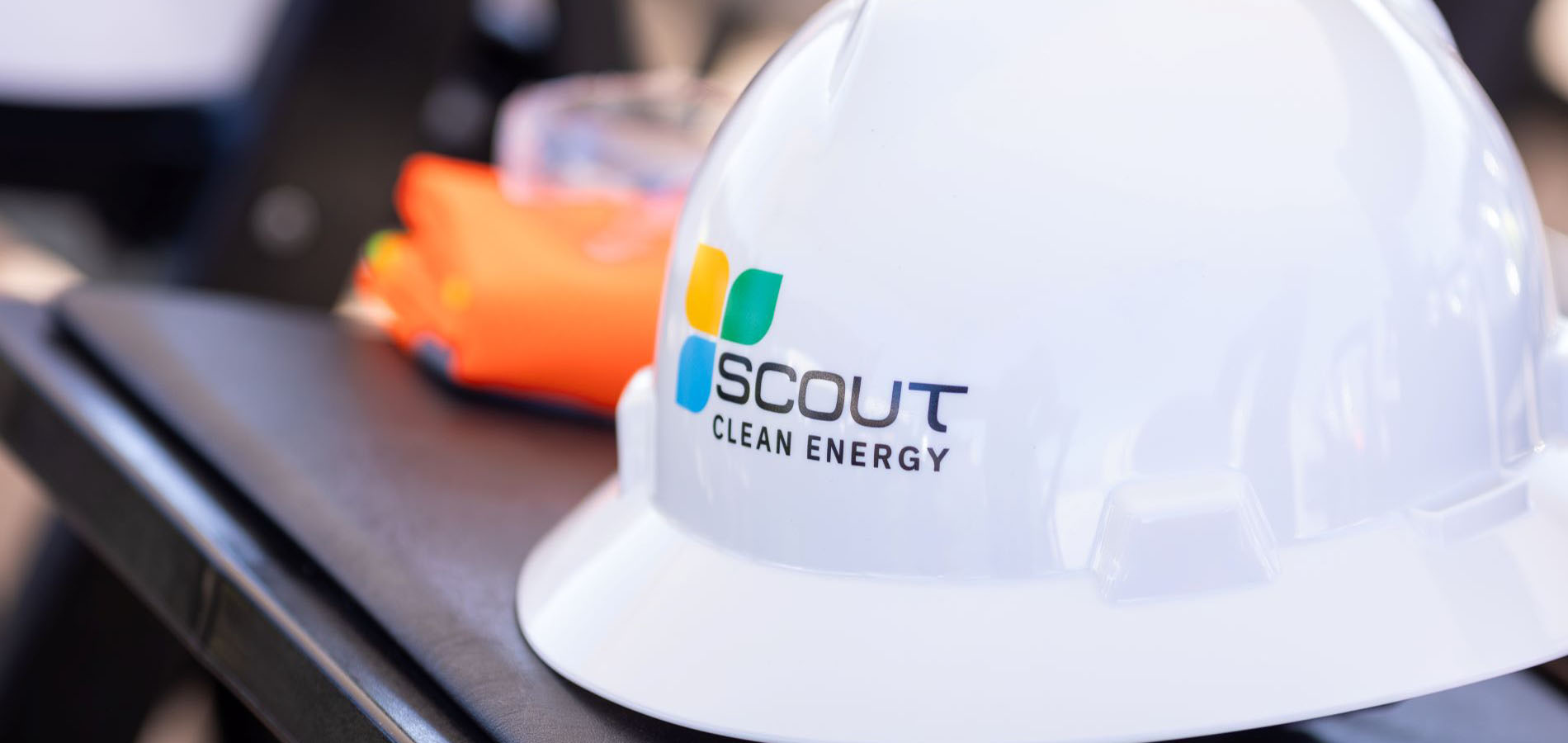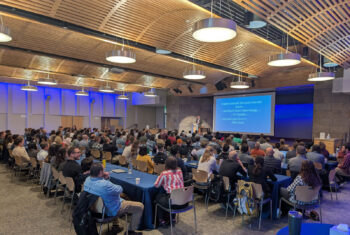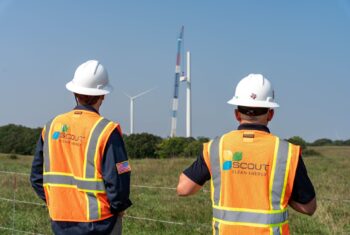A Culture of Safe Work: A Look Inside Scout’s Safety Program

When Scout formalized our safety program five years ago, there was a clear goal in mind: to make safety an intrinsic part of our culture. The result? Over the course of over one-million man-hours in the last five years, Scout has had zero recordable injuries. While this fantastic achievement reflects the efficacy of the policies and trainings we have in place to ensure safe work, it says as much about how our team works to support and enforce them.
Building a Strong Safety Policy Means Building a Strong Safety Culture:
At Scout, regular on-site, in-office, and online training provides the team with a comprehensive foundation to equip our team with the knowledge and skills to navigate, apply, and enforce our safety protocols effectively. The more hands-on we make our trainings, the better, which is best demonstrated by our in-depth electrical and fall protection courses conducted every year on-site. In addition to mandatory trainings, Scout offers additional opportunities for employees, like CPR and First Aid workshops, to allow Scouts to strengthen their ability to respond effectively when needed.
While trainings and protocols provide clear direction, our Scout Senior Director of Safety John Boyle likes to clarify that "you cannot dictate culture through policy."
Starting his career as a first responder before transitioning that experience into the safety education space, Boyle developed the understanding that while set policies and procedures provide the necessary framework for a successful safety program, they will fail without a strong culture buying into and working towards its improvement. To put it simply, a successful safety culture isn't dictated, it's earned.
This is why every Scout employee performance review actively evaluates our commitment to safety, which is strongly factored into overall performance to prevent the incentivization of cutting corners on safe work in the name of performance. Further strengthening this point, we strongly encourage and reward transparency. During construction, recognition awards are given not only to those with an excellent safe work record, but also to those who report and stop unsafe work. Over time, these measures help us transform safety policy from a set of rules into a shared responsibility.
Individual Ownership Ensures Everyone Sets the Tone on Safety
Building on that shared responsibility, Scouts are encouraged to actively participate and improve the program through regular feedback and an open-door policy for ideas. Feedback is both regularly solicited and welcomed at any time. While data collection and metrics give us an important view into the program's effectiveness, firsthand feedback from the team gives us the all-important evaluation of the program's practicality. As we actively use this feedback to tweak and improve the program on a regular basis, the resulting program becomes increasingly unique to Scout.
Organization-wide safety initiatives like our Scout Safety Leadership Committee enable employees to directly get involved in the development and implementation of safety policy and culture. Committee members act as safety representatives on their respective sites or in the office and attend monthly meetings to stay aligned.
"Traditionally, a project has their official safety people," Boyle says. "But it's really cool when someone says, 'Who is the safety person here?' and everyone in the room raises their hand."
Continuing to Set the Standard
While the merging of safety policy and safety culture is all-important to our program, measuring results still rules the day. While standard industry reporting practices (leading and lagging indicators, recordable rates, etc.) provide us with important metrics for the program, we look to expand on the view they give us.
Safety observations, in particular, play a critical role in providing qualitative data for the program. Our safety observation policy enables Scouts to identify safe and unsafe behaviors and report them accordingly through stop and spot observation procedures. The more observations we have, the more we can analyze trends and proactively identify areas of improvement. These observations both identify risk and serve as positive reinforcement, capturing moments when Scouts uphold our safety culture in meaningful ways.
While the metric of zero recordable incidents over one-million man-hours is an incredible achievement, we continue to look for ways to set new standards for strong, meaningful, and collaborative safety culture. As the company continues to grow, so will the number of safety advocates on the team who don't just practice safety but embody it every day.


